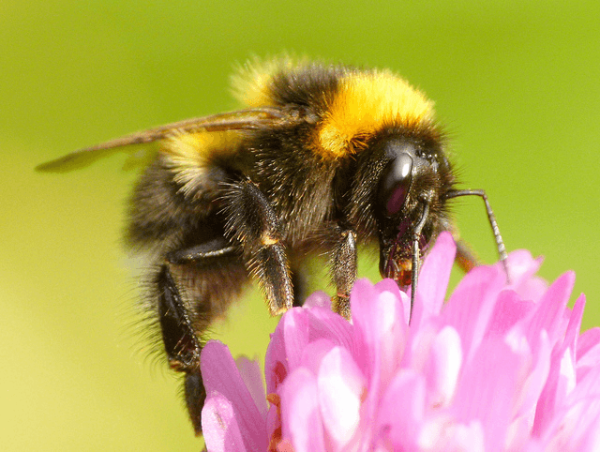As innovations in technology continue to be introduced, researchers are increasingly finding novel ways to incorporate robotics into both biological and medical research. Surgery, for example, is a field where the line between robotics and medicine is increasingly becoming blurred. The development of cutting-edge systems such as the da Vinci® surgical system boast features such as:
- A magnified vision system that allows for a 3-D HD view inside a patient’s body
- Wristed instruments that bend and rotate far greater than the human hand, allowing for greater maneuverability
Innovations such as these have captured the imaginations of researchers, and the fruits of their labor are just beginning to flourish.
Image Source: Dana Neely
One of the more unexpected applications of this interaction between biology and technology comes from the “RoboBee” Project, a project supported by the National Science Foundation whose goal is to create autonomous robotic insects that are capable of independent, sustained flight. Although this idea may seem laughable at first glance, the RoboBee has a myriad of applications such as participation in reconnaissance missions, assistance in remote communications, and, even, artificial pollination.
Image Source: Stephen Dalton/Minden Pictures
Led by Robert Wood, professor of Engineering and Applied Sciences at Harvard University, in conjunction with a team of collaborators from both Harvard University and Northwestern University, these researchers have designed an increasingly complex robot that will one day soon possess the ability to fly independently.
In order to accomplish this, however, the researchers first had to overcome a myriad of challenges, including developing a novel small-scale energy storage system (remember, these robots are designed to be tiny!) as well as developing an algorithm to control individuals and coordinate swarms of the RoboBees effectively. These researchers were able to find innovations to solve all of these issues; for example, new sensors and architectures were developed for low-power computing and mobile computing applications. While the RoboBee is an ongoing project that is not quite polished, these breakthroughs have given researchers hope that the RoboBee will soon be capable of autonomous, sustained flight.
What makes the RoboBee particularly interesting, however–perhaps even more so than the finished product’s potential applications–is the connection between nature and Dr. Wood’s team, a factor that helps them create the concept of the RoboBee.
“Bees and other social insects provide a fascinating model for engineered systems that can maneuver in unstructured environments, sense their surroundings, communicate, and perform complex tasks as a collective full of relatively simple individuals,” Wood said. “The RoboBees project grew out of this inspiration and has developed solutions to numerous fundamental challenges – challenges that are motivated by the small scale of the individual and large scale of the collective.”
Interested in learning more about the RoboBee? Want to find about more about its applications as well as its deep ties to live bees? Stick around next time for The Flight of the RoboBee: Part II!
Feature Image Source: “Bee” by Hamish Irvine is licensed under CC BY-NC 2.0










